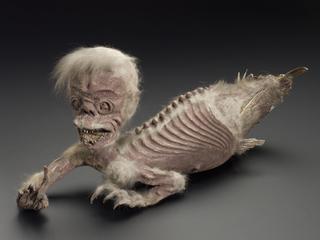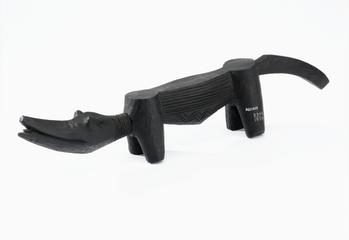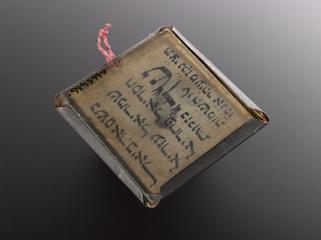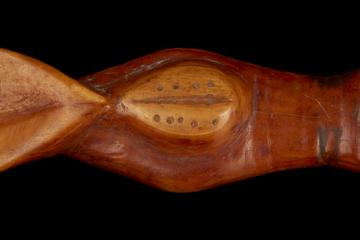




Flint nodule, shaped as foot and shin, carried or kept in bedroom as a cure for gout, north-east England, 1908-1916
The growing influence of biomedicine in the 1800s did not necessarily replace established forms of treatment based on belief and superstition. What could be referred to as folk medicine – customs that often went back generations – continued to be practised. For example, the limb-shaped flint nodule on the right was carried around or kept in the bedroom as a cure for gout. It was believed that the pain was transferred from person to stone.
The piece of flint was a gift in 1916 from Edward Lovett (1852-1933), a collector of British amulets and charms. It is shown here with two other examples (A38134 and A665276).
Details
- Category:
- Ethnography and Folk Medicine
- Collection:
- Sir Henry Wellcome's Museum Collection
- Object Number:
- A665264
- Materials:
- flint
- Measurements:
-
overall: 91 mm x 61 mm x 27 mm, .08kg
- type:
- flint nodule
- credit:
- Lovett collection




